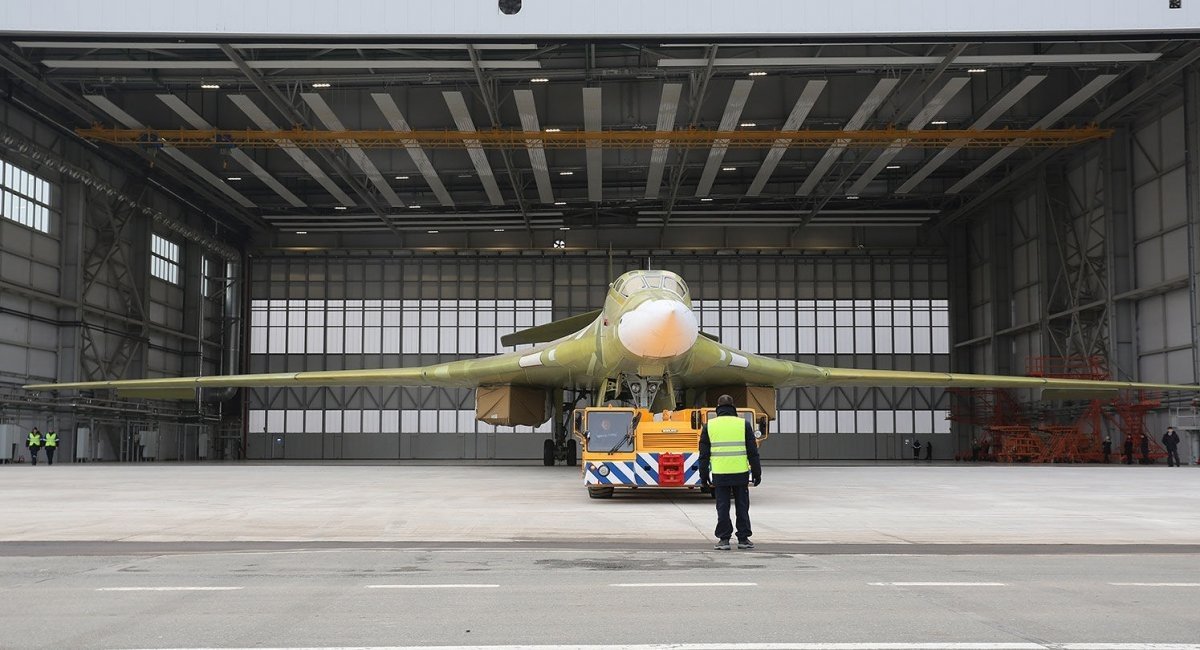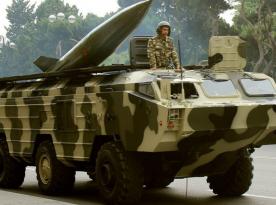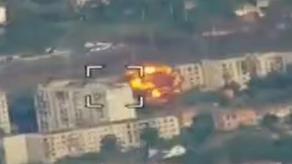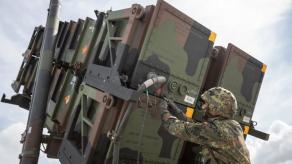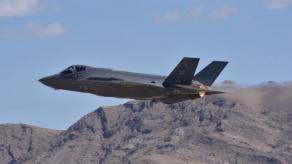The claim that the russians began urgently constructing shelters at their air bases after the Security Service of Ukraine carried out Operation Spider's Web to destroy russian strategic missile carriers is somewhat inaccurate.
Firstly, the construction of shelters at tactical aviation airbases in the russian federation began in 2024 after Ukrainian drones carried out methodical strikes on tactical aviation airfields. It should be noted that the most common 2A13 shelters cannot accommodate Su-27-based aircraft, namely the Su-30, Su-34, and Su-35 (i.e., almost all кussian tactical aircraft).
Read more: Romania's Dilemma: Too Many F-16s For Peacetime and Too Few For War
This task became extremely urgent for the enemy after Ukraine received ATACMS ballistic missiles with cluster warheads. In particular, one of the first russian air bases where the construction of shelters is being completed is Khalino near Kursk, which is only 100 km from the Ukrainian border.
Secondly, the implementation of the plan to build shelters for strategic bombers, in particular at the Engels airbase near Saratov, began back in April 2025. This occurred long before Operation Spider's Web, as evidenced by satellite imagery of the airbase.
As for shelters for strategic aircraft, these are significantly larger than those built for tactical aircraft. In particular, the facility for the Su-34 must accommodate an aircraft with a length of 23.3 meters, a wingspan of 14.7 meters, and a height of 6 meters.
At the same time, the actual dimensions are larger. For instance, The Soviet standard 2A19 shelter, designed for the Su-27, featured an interior space of 29 by 18.6 meters. It was a protected shelter with walls 50 cm thick made of concrete and an additional 5 cm thick sheet of armor steel.
To protect the Tu-160, a secure facility must accommodate an aircraft measuring 54.1 meters in length, with a wingspan ranging from 35.6 to 55.7 meters and a height of 13.1 meters. The Tu-95MS, by comparison, requires a length of 49 meters, a wingspan of 50 meters, and a height of 13.2 meters. In russia, just days before Ukrainian drones attacked strategic aircraft, a model of such a shelter was unveiled.

This is not a shelter made of reinforced concrete structures strengthened with armored steel. As it is stated, this is a tent-mobile shelter for storage. It is simply a hangar, measuring 60 by 65 meters and 26 meters high, with a total area of 3,900 m². The plan includes storing not only the Tu-160 but also the Tu-95 and transport aircraft like the Il-76 and its variants, including the A-50.
According to the description, its design is of the "sandwich" type, featuring tent fabric on both the top and bottom layers, with foamed polyethylene insulation. It must also have an automatic fire extinguishing system.
In other words, the new russian shelters for tactical aviation are concrete structures that can effectively protect against both drones and cluster munitions. However, strategic and transport aviation use hangars built to withstand severe weather. This is because russian Tu-160s, Tu-95MSs, and other large aircraft are not only regularly parked outdoors at their air bases but are also serviced there.
Read more: Ukraine Strikes russian Producer of the Kometa-M Navigation Units for Shahed Drones, Glide Bombs, and Missiles




